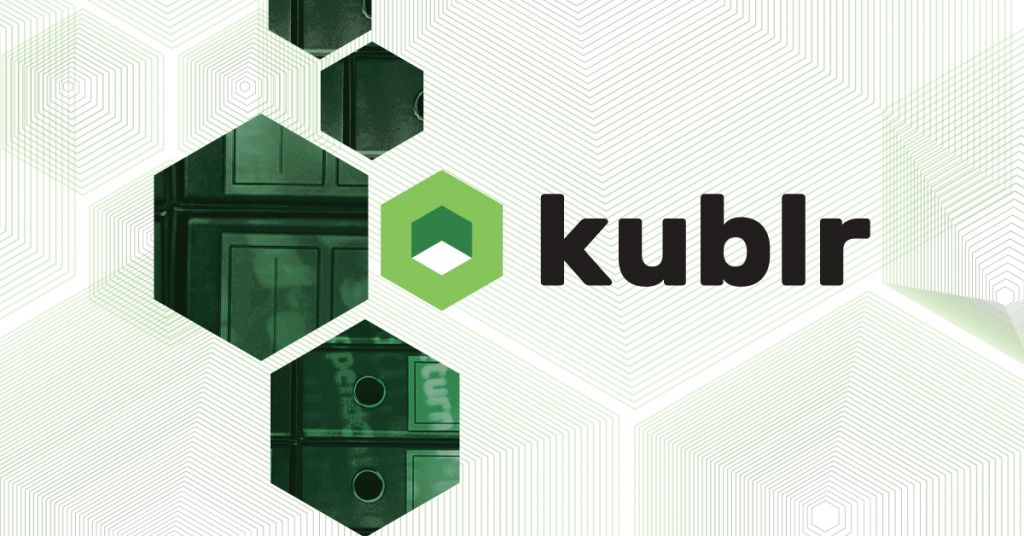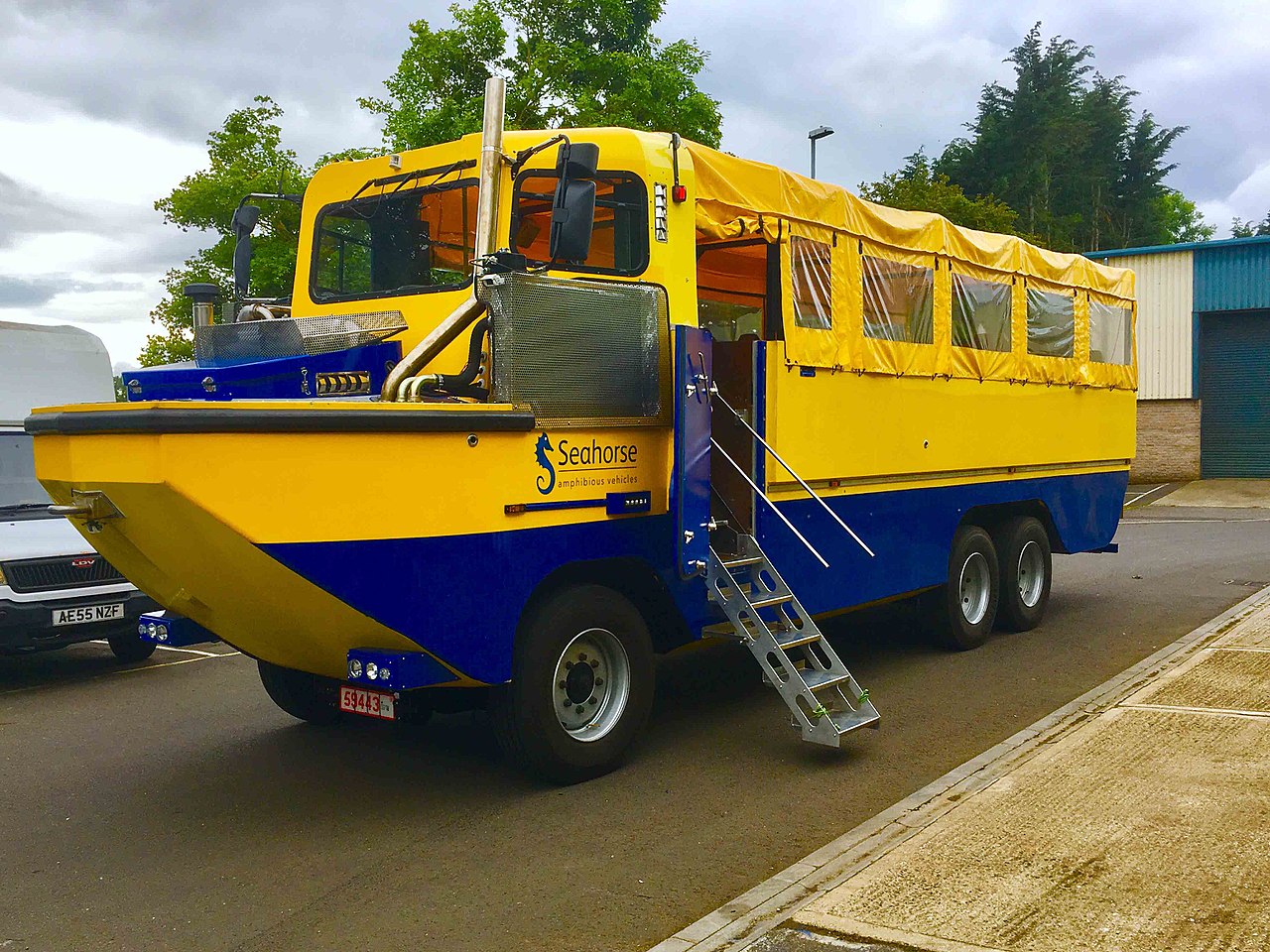Kubernetes continues to grow in popularity as more and more people learn about cloud-native technologies and begin using them. Everyone isn’t necessarily as far along their “digital journey” as we think, however, and it’s safe to say a lot of big players are still holding back. There are a number of reasons for this, the chief one obviously being the lack of some kind of all-encompassing “end-to-end” integration tool. Another possible reason for this is that larger companies have a lot more at stake or a lot more to lose as well. Packing up and moving is a lot simpler when you don’t have much to move around but with legacy applications come decades of data. Additionally, the need to nullify the steep learning curve that comes with Kubernetes still exists, along with the need to retain granular control over configuration.

Kublr finds its niche in the enterprise
While there are a lot of Kubernetes-as-a-service (KaaS) options available today, they mostly attract smaller organizations that are OK with sharing environments. Legacy organizations, like those in the FinTech sector, for example, are a lot more locked-down and would never go for a setup like that. This is why while managed services from cloud providers seem to have attracted a lot of smaller organizations to go digital, larger organizations more set in their ways, are still holding out for higher levels of governance and operations. Larger organizations also have unique requirements like RBAC, audit, the ability to deploy on top of existing virtual networks, large VPCs with existing storage accounts, resource groups, security groups, and subnets in the cloud.
Kublr looks to bridge this gap between the more traditional “locked-down” enterprises on one side and the dynamic cloud-native environment on the other. Steps to bridge this gap include building in fine-grained controls like air gap deployments of Kubernetes on premises, deploying on top of existing VPCs and subnets, automatic logging and monitoring, centralized logging and monitoring, and much more. While there are many “flexible” solutions available today that support centralized logging, monitoring, and self-service, the problem is governance. Kubernetes empowers developers with infrastructure abstraction but large organizations need to maintain order and can’t allow users to do absolutely anything they want. This is where Kublr has found its niche and provides organizations with governance features that don’t come out-of-the-box.
Built for hybrid environments

Availability is a big concern for enterprise customers and relying on one cloud provider can make anyone feel a bit insecure. FinTech organizations, in particular, prefer having copies on multiple clouds and in multiple regions just to be extra sure. Large-sized enterprises also have additional requirements like regulatory conformance and legacy application requirements that drive them to the multicloud. While Kubernetes does support hybrid cloud environments, like most things Kubernetes, it takes some serious skills to manage clusters and maintain environmental parity between hybrid environments. This is why the ability to support multiple clouds, hybrid environments, VMware and bare metal for enterprises, is built into Kublr DNA. Designed to be a single enterprise solution, Kublr looks to distinguish itself from other multitenant SaaS and KaaS solutions by providing out-of-the-box support for multicloud, hybrid cloud, and multinetwork deployments.
Kublr enables this hybrid environment scenario through nothing more than a very simple user interface or configuration file and command line. It also supports hybrid deployments if an organization is transitioning from an on-premises datacenter, though this process cannot be done all at once and requires time. Additionally, the automatic logging and monitoring features are especially useful since every cluster you set up comes with all the required tools pre-integrated. This means that irrespective of where you set up a new cluster, in a cloud or on prem, it comes with Prometheus, the ELK stack and Grafana right out-of-the-box. Kublr also comes with the ability to deploy Kubernetes clusters across environments and across regions along with specific recommendations on which resources are to be used and in what situations.
Kubernetes simplified

Now while Kubernetes is no doubt an amazing and empowering software, what blocks Kubernetes’ implementation is its complexity and the requirement to integrate a lot of features that are outside of core Kubernetes functions. These features include governance, security, self-service, centralized management, and many more. Kublr simplifies the complexity of Kubernetes with a self-service control plane to empower operations teams to meet the challenges of deploying, running, and managing “enterprise-grade” Kubernetes at scale. The control plane is designed with consideration towards the level of Kubernetes knowledge among enterprise IT staff and features an intuitive GUI that makes deploying reliable, scalable, fault tolerant, and highly available Kubernetes clusters incredibly easy.
The GUI is designed to allow your IT operations teams to not only choose which environment to deploy to but the size and number of master and worker nodes on each cluster as well. Kublr also supports auto-scaling if it is available in the environment and can set up ingress and persistent volumes as needed. Kublr doesn’t sacrifice compatibility and conformance and uses upstream Kubernetes containers while also providing unique features that upstream Kubernetes does not provide. This includes the ability to set up and create reliable and recoverable self-healing Kubernetes cluster environments, where there are no fixed addresses or requirements to have load balancers for masters and multimasters. Kublr can set up nodes and worker nodes in such a way that they failover to help the master by themselves independently. Kublr also provides multiple masters and load balancing on bare metal.
Intelligent monitoring
While Kubernetes itself is self-healing, a lot of data needs to be analyzed to accomplish this. Most organizations today don’t have the necessary skills to conduct this analysis and Kublr does this for you by processing Kubernetes data through its knowledge engine and providing clearly defined actionable alerts to administrators. Kublr also monitors the internal operations of Kubernetes and tracks the resource utilization of all internal components. This not only allows IT personnel to see how Kubernetes performs at different scales but also how it performs with different workloads. This allows users to customize configurations based on scale, workload and other application considerations like dependencies. As mentioned earlier, each cluster comes with Prometheus and Grafana out-of-the-box and each cluster is registered as a metrics source in Prometheus, a list of which is managed by Kublr. Grafana integrates directly with the Control Plane with a single-sign-on interface.
Kublr can
In addition to secure, resilient and scalable cluster deployments, Kublr is clearly focused on operations and governance features, particularly with reference to larger organizations. Apart from doing all the heavy lifting in terms of integration with other services, it also helps maintain order by providing easy identity and access management and ensures secure communication between nodes. Kublr is built on pluggable architecture and upstream Kubernetes compliance so users always get the latest community contributions. It also offers out-of-the-box backup and recovery, data and traffic encryption, certificate, key and token management, and a lot more. Last but not least, the fact that it also enables automation across the development pipeline makes it quite safe to say that this is an enterprise-ready end-to-end integration solution for Kubernetes.
Featured image: Flickr / rawdonfox



